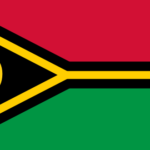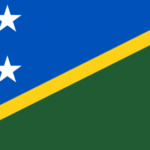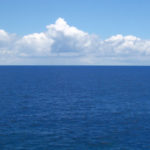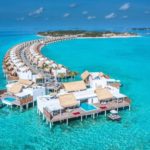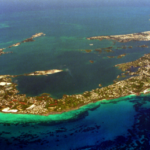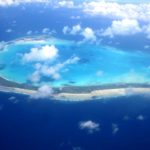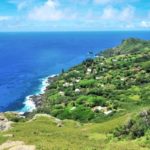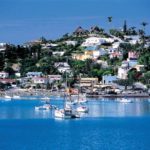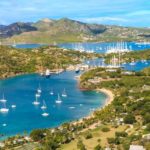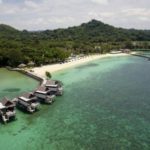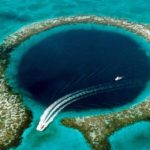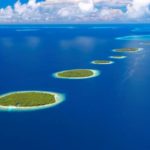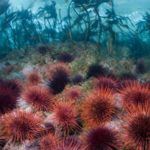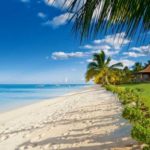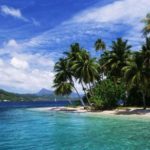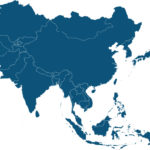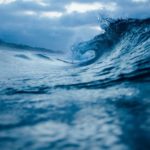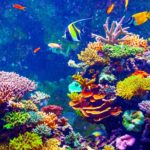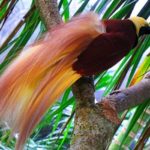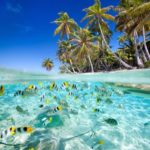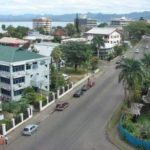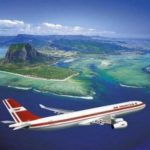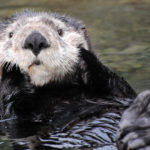Vanuatu Islands
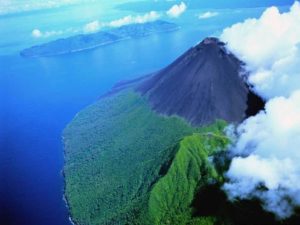 The Republic of Vanuatu is an island nation located in the southwest of Oceania, or rather, in Melanesia. The geographical location of Vanuatu is more than interesting – it is located between two water elements: the Pacific Ocean and the Coral Sea.
The Republic of Vanuatu is an island nation located in the southwest of Oceania, or rather, in Melanesia. The geographical location of Vanuatu is more than interesting – it is located between two water elements: the Pacific Ocean and the Coral Sea.
The Republic of Vanuatu is an island nation located in the southwest of Oceania, or rather, in Melanesia. The geographical location of Vanuatu is more than interesting – it is located between two water elements: the Pacific Ocean and the coral sea.
In total, the republic includes 83 islands, most of which regularly experience tremors. The fact is that a group of islands falls just on the volcanic belt of the Pacific Ocean, where the Australian and Pacific lithospheric plates collide.
That is why the earthquake in Vanuatu is a fairly frequent phenomenon, but not destructive. By the way, the islands themselves also boast a couple of underwater and nine surface volcanoes. It should be noted that there are practically no rivers in Vanuatu – all because the soil here is mainly of volcanic origin, and, therefore, exclusively porous. By the way, the geography of the islands is due to the relief of the islands, filled mainly with mountains, cliffs and foothills. And some islands are also surrounded by coral reefs.
The climate in the island nation, due to the amount of water around and the proximity of the tropical zone, is rather humid. The rainy season on the islands falls in November and lasts until the end of December or February. By the way, the water temperature is almost always several degrees higher than the average monthly air temperature. Perhaps this can also be explained by the proximity to lithospheric plates.
Most of Vanuatu’s islands are quite small, the largest of them are Malekula and Espiritu Santo. It is on the latter that the mountain is located, which is considered the highest peak in the country – Mount Tabvemasana, whose height is 1879 meters.
Like any tropical island, Vanuatu is filled with diverse and lush vegetation. The abundance of herbs, flowers and plants is usually divided into several types according to soil and altitude. So, agricultural crops are traditionally grown in lowlands and in rare lowland areas, and tropical forests can be seen on mountain elephants. Grassy plants live in the southwest and northwest, covered with plains, and the southern region is filled with savannah.
The most common banyan tree in the state, and the most valuable species of wood are kauri and sandalwood.
Of course, such a diversity of plant life cannot but hide in its wilds the mass of animals, birds, insects and reptiles. By the way, there are a great many of the latter – snakes, and lizards, and geckos, and crocodiles. There are also a lot of birds – more than 120 species. But mammals are relatively few – only 4 species of bat foxes and 8 species of bats.
Fish and corals chose coastal reefs for housing. By the way, to say that such a variety of fish can hardly be found – more than 450 species of fish inhabit the waters around the islands. This is not to mention sea turtles, who sometimes choose the Vanuatu Islands as the cradle for little turtles. Most animals, birds and plants can be seen in Vanuatu’s Million Dollar Point National Park or in one of the reserves: Watt, Laura, and in the reserve of kauri trees on Eromango.
Most tourists start their journey around the island state with the capital of the republic – the city of Port Vila, located on the island of Efate – the third largest island of Vanuatu. It is there that there is a large cultural center that stores archaeological, ethnographic and art collections. Then travelers are invited to visit the islet of Eromanga, the mountainous terrain of which is considered the best place in the country for trekking and walking tours. If you continue to move south, the next island will be Tanna, considered the receptacle of secrets of the archipelago. Despite its modest area, Tanna is considered the third in terms of agricultural development and the most populated island of the country. Moving further south, tourists get to Aneityum – the owner of the most pleasant climate and Epi, where it is fashionable to admire the ancient volcano and rainforest.
The most diverse culturally is the island of Malekula – the second largest. At least 30 different tribes live on its territory, each with its own distinctive culture and traditions.
The islands of Ra and Mota Lava are considered the recognized center of traditional dances, among which the “snake dance” stands out. In addition, the islands provide the whole archipelago with such a delicacy as coconut crab meat. Any of these islands is pleased to offer tourists a variety of activities, including diving, festivals, casinos, a lot of excellent restaurants, as well as several golf courses.
